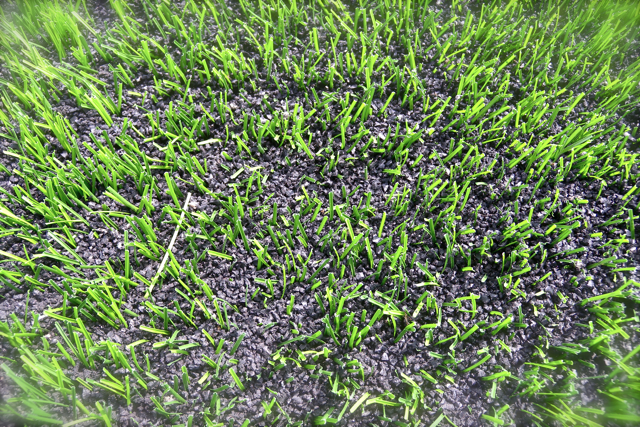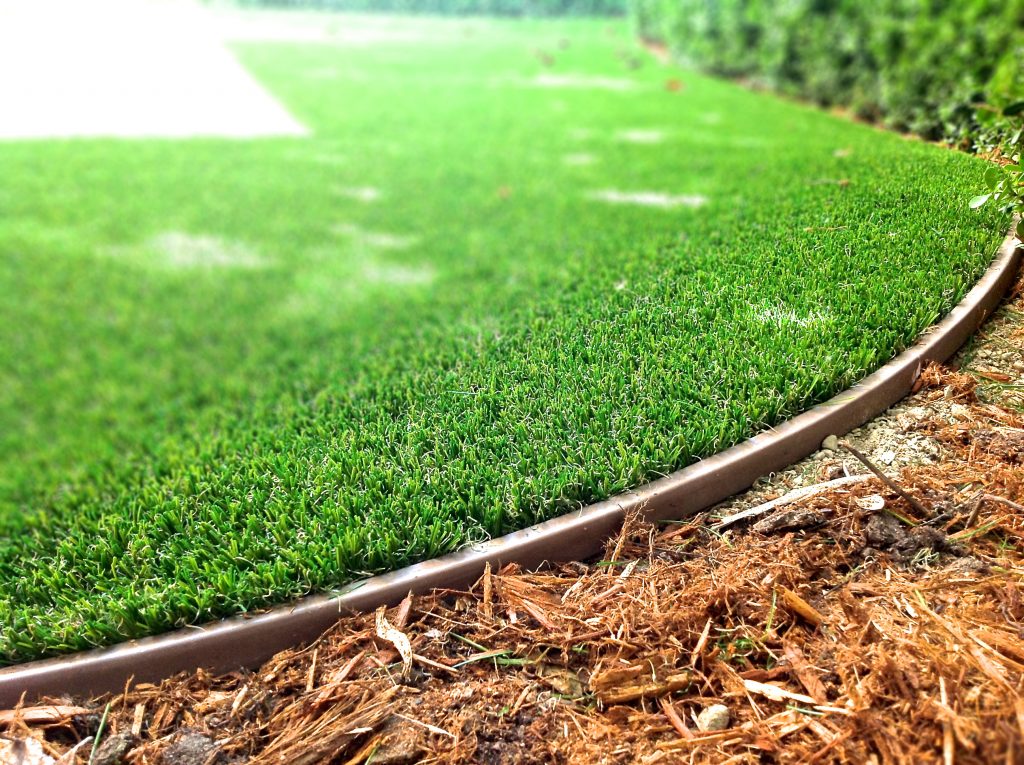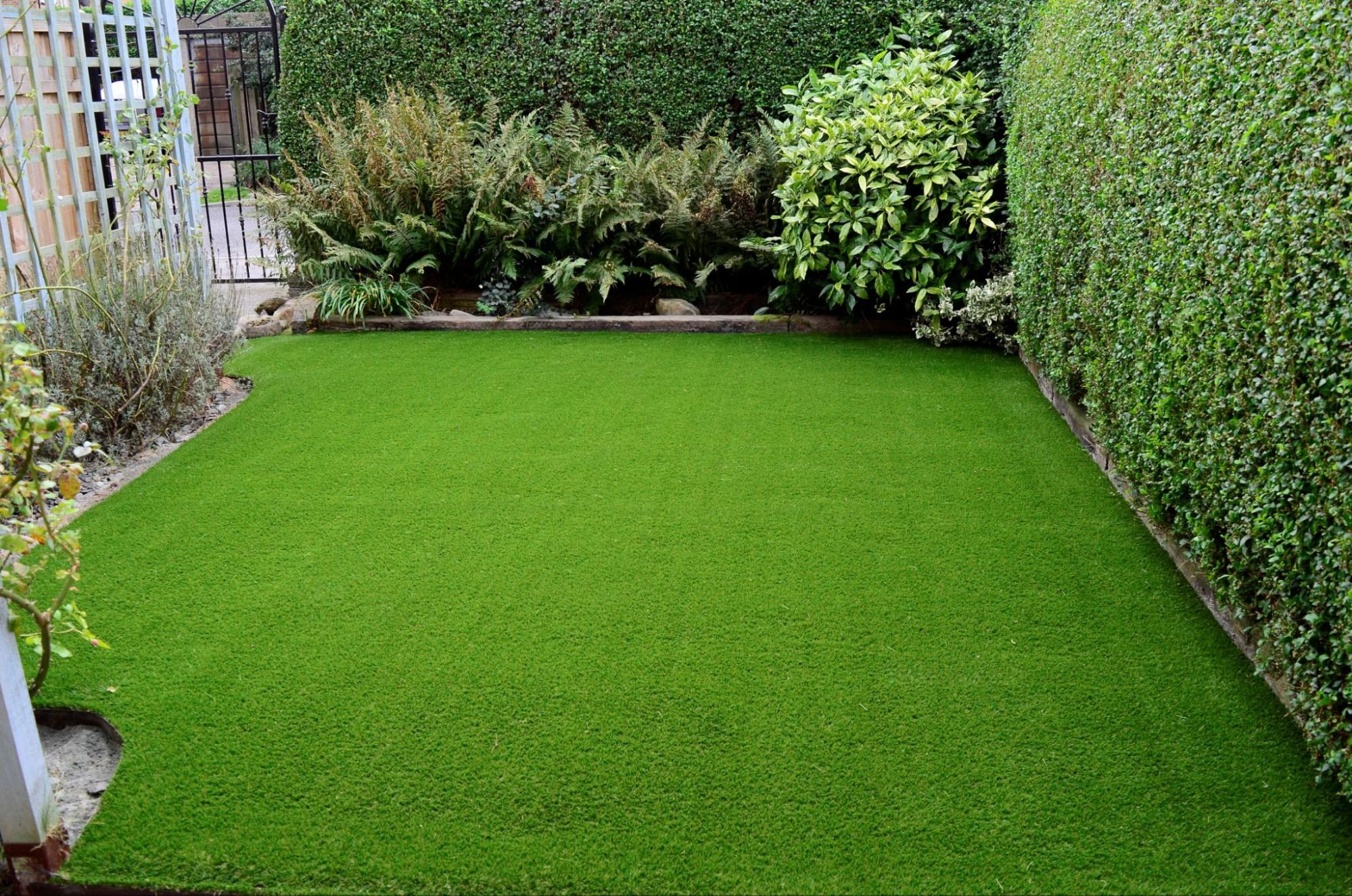Professional Arizona Turf Installation Services for Home and Business Use
Professional Arizona Turf Installation Services for Home and Business Use
Blog Article
Explore the Environmental Benefits of Opting for Synthetic Grass Solutions
The fostering of fabricated lawn solutions offers an engaging possibility to address pressing environmental challenges. By considerably minimizing water use and minimizing the application of harmful chemicals, these options not only promote lasting landscaping but also protect regional communities. Additionally, the lower carbon impact related to lowered upkeep activities contributes to a more sustainable method to land administration. The implications of these benefits prolong beyond mere preservation efforts, elevating questions about their lasting effect on environment conservation and general ecological balance. Discovering these dimensions exposes a complicated interplay worth taking into consideration.
Water Preservation Conveniences
One of one of the most significant advantages of synthetic grass is its capacity to preserve water. Standard lawn yards call for substantial irrigation, especially in locations susceptible to dry spell or water limitations. In comparison, synthetic grass does not need watering, dramatically reducing the total need for water sources. This function is specifically helpful in deserts where water scarcity is a pushing worry.
By eliminating the need for normal watering, synthetic grass adds to sustainable landscape practices and aids mitigate the environmental influence of excessive water intake. The conservation of water extends to the decrease of runoff, which can lead to dirt disintegration and waterway contamination.
Additionally, the installation of synthetic grass enables municipalities and homeowners to designate water resources much more effectively, concentrating on crucial usages such as drinking water and agriculture. The change in the direction of man-made grass not just advertises liable water usage but likewise aligns with wider environmental goals focused on preserving natural deposits.
As areas progressively prioritize sustainability, the water preservation benefits of fabricated turf present an engaging situation for its fostering in industrial and property landscape design tasks.
Decreased Chemical Usage
The transition to fabricated grass dramatically lowers the dependence on chemical treatments generally made use of in all-natural lawn upkeep. Typical lawn monitoring generally includes the application of chemicals, plant foods, and herbicides to promote development and control parasites. These chemicals can position threats to human health and wellness, local wild animals, and the atmosphere, adding to soil and water contamination.
In contrast, synthetic grass eliminates the need for these dangerous substances. By lessening the release of synthetic compounds into the ecosystem, synthetic lawn advertises healthier soil and water systems.
Additionally, the lack of chemical drainage related to synthetic grass installments aids safeguard local waterways from pollution, supporting water life and maintaining biodiversity. Arizona artificial turf. As areas increasingly focus on lasting methods, deciding for artificial grass presents a viable solution that lines up with environmental conservation goals. Through this shift, property proprietors can appreciate lavish green areas without compromising ecological health, leading the way for a much more lasting future
Reduced Carbon Footprint

Additionally, the installment of synthetic grass can lead to substantial water preservation. Natural yards call for considerable amounts of water for irrigation, which Get More Information not only contributes to the carbon impact related to water removal and therapy but additionally pressures local water resources. On the other hand, synthetic grass needs marginal maintenance, calling for no watering, thereby substantially decreasing water usage and its connected power prices.
In addition, the durability of synthetic grass adds to its reduced carbon influence. With a life expectancy of as much as 15 years or even more, the requirement for frequent substitutes is reduced, leading to less waste and lower power intake in manufacturing and taking care of standard turf alternatives. Overall, synthetic turf provides a sustainable alternative for ecologically aware landscaping.
Environment Conservation
Environment preservation is a crucial factor to consider in the debate over landscaping selections, especially when contrasting artificial lawn to all-natural grass. Natural yard lawns typically require considerable upkeep, including making use of fertilizers, herbicides, and pesticides, which can negatively affect local environments. These chemicals can leach into the dirt and rivers, hurting indigenous flora and animals and interrupting local habitats.
In contrast, synthetic grass offers a chance to minimize the ecological impact of landscaping. By going with artificial turf, property owners can decrease the disturbance of all-natural habitats related to conventional yard treatment practices. Synthetic lawn removes the need for dangerous chemicals, consequently safeguarding close-by wild animals and maintaining the stability of bordering ecological communities. The setup of man-made lawn can lead to the conversion of previous grass areas right into more biodiverse landscapes, such as pollinator yards or indigenous plant locations, which can support regional wild animals.
Eventually, the transition to fabricated lawn not only preserves water and reduces upkeep initiatives but likewise cultivates a more harmonious connection in between human activities and the natural surroundings, advertising environment conservation in the process.
Long-Term Sustainability
Long-term sustainability is a vital consider examining the advantages of synthetic grass over conventional lawn lawns. Among the most substantial benefits of synthetic turf is its durability; it can last approximately 15-20 years with minimal maintenance, whereas natural lawn requires frequent reseeding and replacement. This long life lowers the need for continuous resources, such as water, plant foods, official site and pesticides, which are necessary for preserving a healthy yard yard.
Furthermore, synthetic grass adds to a decrease in carbon exhausts associated with lawn treatment tools. Traditional grass typically call for gas-powered mowers, leaners, and blowers, every one of which add to air pollution. Arizona turf. In comparison, synthetic grass gets rid of the demand for such equipment, promoting check out here a cleaner setting
Additionally, the manufacturing of artificial lawn significantly makes use of recycled materials, enhancing its sustainability profile. As makers embrace environmentally friendly methods, the ecological footprint of artificial grass remains to reduce.

Verdict
The adoption of synthetic grass options provides considerable ecological advantages, consisting of substantial water conservation, lowered reliance on dangerous chemicals, and a reduced carbon footprint. Moreover, man-made grass aids in protecting natural habitats by minimizing land disruption and advertising lasting sustainability through using long lasting materials. Collectively, these aspects highlight the possibility of synthetic lawn to add positively to environmental health and wellness and offer a feasible choice to typical landscaping methods in an increasingly resource-conscious globe.
In contrast, artificial grass does not require watering, dramatically lowering the total demand for water resources. By minimizing the release of synthetic substances into the ecosystem, fabricated turf promotes much healthier soil and water systems.
Furthermore, the setup of artificial grass can result in significant water conservation. In contrast, fabricated turf needs marginal upkeep, requiring no watering, therefore substantially lowering water usage and its linked energy prices.

Report this page